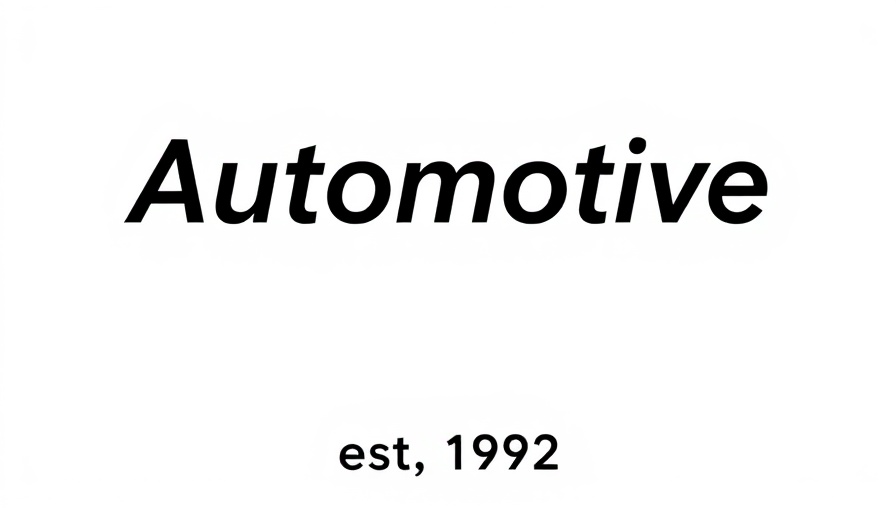
Revolutionizing Crash Safety: A New Approach to Brain Injury Risks
The recent announcement by the Insurance Institute for Highway Safety (IIHS) marks a pivotal moment in automotive safety, particularly concerning brain injuries sustained during vehicular crashes. Unlike traditional metrics that focus solely on linear impacts, the new crash test metric inspired by NFL helmet assessments will now take into account the rotational forces that occur during accidents. This advancement aims to address a critical gap in our understanding of concussion and brain trauma risks associated with auto accidents, bringing a more comprehensive evaluation to vehicle safety ratings.
The Hidden Dangers of Rotational Movement
It's crucial to recognize that just as a boxer can suffer from a swivel of the head after an intense punch, vehicle occupants are at risk of similar traumatic brain injuries during crashes. While modern vehicles excel at protecting against rapids in frontal collisions, the quick, unexpected motions following initial impact can lead to significant injuries. The introduction of this new metric will allow the IIHS to better predict and mitigate risks, enhancing the effectiveness of safety features like airbags and vehicle designs.
Understanding the Role of Crash Test Dummies
Why has there been a slow progression in evaluating rotational injuries? To answer this, we must consider the limitations of crash test dummies traditionally used in research. While these dummies are equipped with hundreds of sensors to simulate human responses, they have not adequately represented dynamic movements contributing to rotational injuries. A robust integration of the new metric could transform how engineers interpret crash data, leading to innovations in design that prioritize brain injury prevention.
What This Means for Automakers and Consumers
The impact of these advancements is multi-faceted. For automakers, adapting to this new metric encourages a design evolution that prioritizes consumer safety. Automakers that integrate these insights can lead the charge in creating vehicles that not only meet but exceed safety standards. For consumers, vehicles with higher ratings based on the forthcoming criteria could translate to a lower risk of severe head injuries during crashes, fostering peace of mind and potentially lowering insurance costs.
Looking Ahead: Trends in Vehicle Safety Innovations
As we delve into the future of vehicle safety, the shift towards a broader understanding of injury mechanics hints at a growing trend of holistic approaches in automotive research. Beyond just protective design, we're likely to see an emphasis on psychological impacts and developing technologies that can better predict real-world outcomes. This comprehensive viewpoint has the potential to drive new regulations and industry standards, ensuring that safety evolves alongside consumer expectations.
Conclusion: The Need for Awareness and Action
The launch of this new crash test metric isn't just a technical update; it signals a broader commitment to protecting vehicle occupants from all types of injuries. As vehicle safety continues to be refined, stakeholders across the automotive landscape should collaborate and embrace these changes, pushing forward the agenda of safety innovation.
 Add Row
Add Row  Add
Add 




Write A Comment